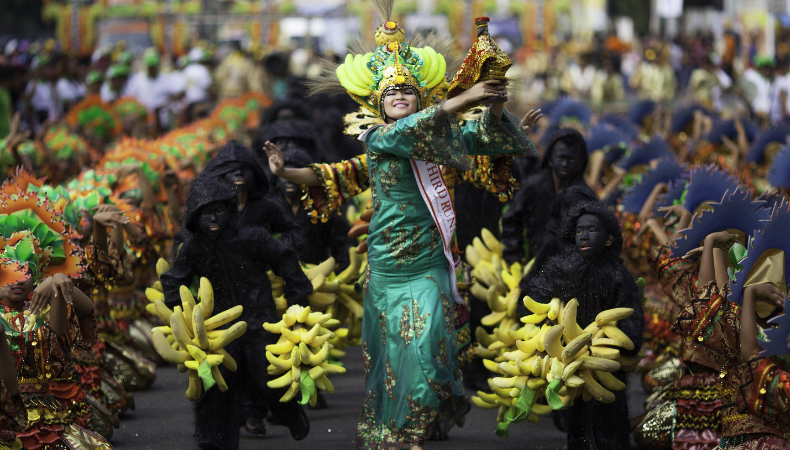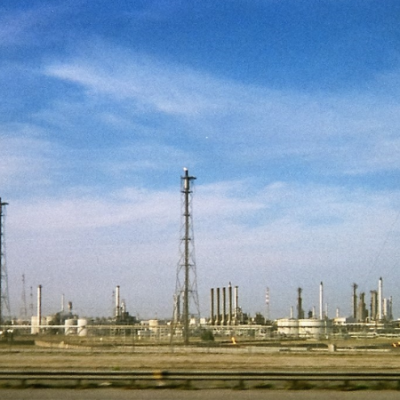THE WORLD’S TOP FESTIVALS

The world is a vibrant place where cultures collide in a kaleidoscopic display of music, dance, and tradition. Festivals around the globe offer a glimpse into the heart and soul of diverse communities, each with its own unique story, influencing our lives in a similar manner to the changing seasons.
When it comes to selecting the “best” or top festivals in the world, it’s akin to choosing your favorite flavor of gelato – hazelnut? Stracciatella, perhaps? Ultimately, personal taste is the determining factor.
In compiling this list, we considered a number of factors, including cultural significance, global recognition, attendance, and overall impact. We have also included some of the most unusual and unconventional festivals. Please accept our apologies if your favourite local festival is not included, but we had to limit the number of entries.
1.DIWALI, INDIA
Diwali, or Dipawali, is the most significant and widely celebrated holiday in India. The festival is named after the row of clay lamps that Indians light outside their homes to symbolise the inner light that protects from spiritual darkness. This festival is as significant to Hindus as Christmas is to Christians.
Over the centuries, Diwali has evolved into a national festival that is also celebrated by non-Hindu communities. For example, in Jainism, Diwali marks the nirvana, or spiritual awakening, of Lord Mahavira on 15 October 527 BC. In Sikhism, it honours the day that Guru Hargobind Ji, the Sixth Sikh Guru, was freed from imprisonment. It should be noted that Diwali is also celebrated by Buddhists in India.
2. DIA DE LOS MUERTOS, MEXICO
The Day of the Dead (Spanish: el Día de Muertos or el Día de los Muertos) is a holiday traditionally celebrated on 1 and 2 November, though other days, such as 31 October or 6 November, may be included depending on the locality. It is widely observed in Mexico, where it largely developed, and is also observed in other places, especially by people of Mexican heritage. The observance falls during the Christian period of Allhallowtide. Some argue that there are Indigenous Mexican or ancient Aztec influences that account for the custom, and it has become a way to remember those forebears of Mexican culture. The Day of the Dead is largely perceived as a festive occasion. The multi-day holiday involves family and friends gathering to pay respects and to remember friends and family members who have passed away. These celebrations frequently adopt a humorous tone, with attendees recalling amusing events and anecdotes about the departed.
3. SONGKRAN FESTIVAL, THAILAND
Songkran is the welcoming of the Buddhist New Year in Thailand. It is also celebrated across Southeast Asia, albeit under different names and on slightly different dates. In Thailand, it usually occurs over a long weekend in mid-April. Festivities include parades, markets, and dance performances, but the festival is most notable for its water fights.
In temples, it is customary to wash Buddha images with water to prepare for the new year. The tradition has evolved into a country-wide water fight, with entire communities utilising water pistols, water balloons, and buckets of water to hurl at each other. Passers-by are also involved, so you may find yourself soaking up the celebrations (quite literally) – the water is a refreshing respite from April’s dry heat.
4. SEMANA SANTA, GUATEMALA
In celebration of Holy Week, towns throughout Guatemala host a series of events featuring impressive floats, statues of Jesus and the Virgin Mary, incense, and elaborate costumes.
From the beginning of Lent on Ash Wednesday to the end of Holy Week on Good Friday, Antigua is the most impressive location in the country to experience the celebrations. Here, local residents line street after street with intricately woven carpets (alfombras), all made by hand using flowers, brightly dyed sawdust, and palm fronds, and planned months in advance. The alfombras have a vibrant yet transient beauty. They serve to cushion the feet of the volunteer float bearers (cucuruchos), who carry the large statues as an act of penitence.
Keep on Reading
5. OBON FESTIVAL, JAPAN
For over five centuries, the Japanese have observed a three-day festival in August to commemorate their ancestors. This festival, known as Obon, is a significant cultural tradition in Japan. The festival is celebrated through Bon Odori folk dances, seasonal cuisine, and the lighting of bonfires. Some of the largest bonfires are located in the hills surrounding Kyoto, with impressive displays of kanji, Japanese characters, arranged around the fires.
This is a time in Japan when people reunite to visit family graves and make food offerings at temples and shrines. At the conclusion of the festival, communities congregate around lakes and rivers to float paper lanterns, which serve as a guiding light for their relatives on their journey to the spirit world.







